Regardless of the culinary setting, mastering plating is a highly beneficial skill for back-of-house employees. In this article, we present the fundamentals of plating, the tools of the trade, and offer methods suitable for casual, mid-range, and fine-dining environments.
Plating Fundamentals: Creating Visual Harmony
Regardless of the dining experience, all successful plating techniques share a few fundamental principles. The plate acts as a canvas, and the chef, the artist. The most important factors to consider are balance/proportion, height, negative space, and color/texture.
Balance & Proportion
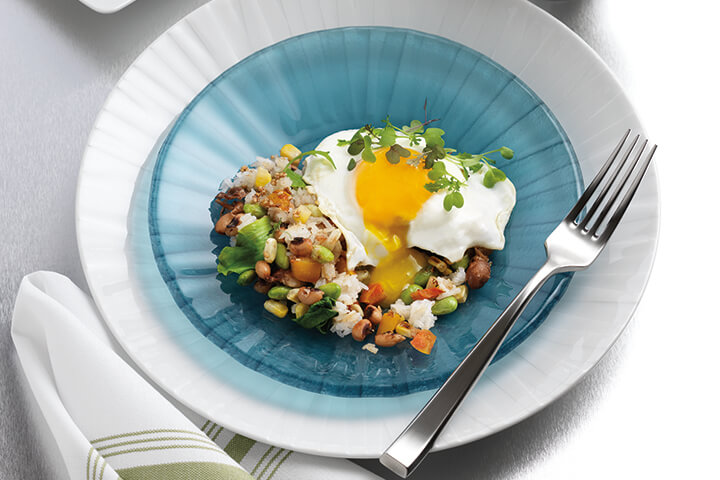
Arrange food elements to create a sense of order and prevent visual clutter. Play with portion sizes to ensure the main component takes center stage while supporting elements complement it without overwhelming the dish.
Height
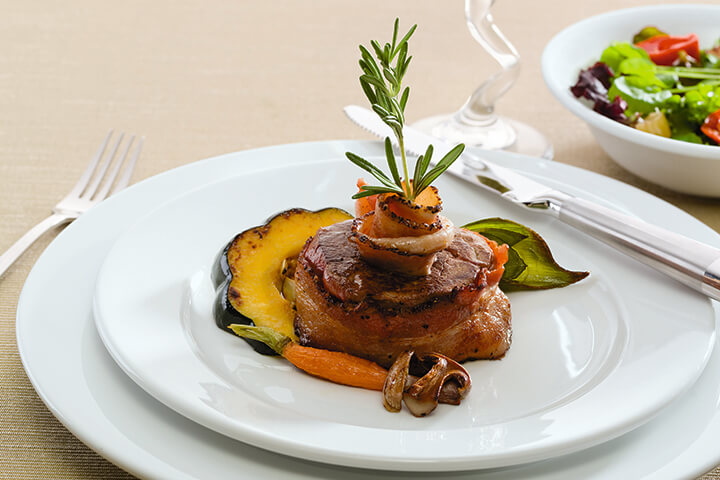
Vertical builds add sculptural playfulness to a dish. Stack elements like sliced meats or vegetables, or prop them against each other to create a more dynamic presentation. This technique adds visual interest and makes the dish appear more substantial, particularly for plated desserts.
Color & Texture
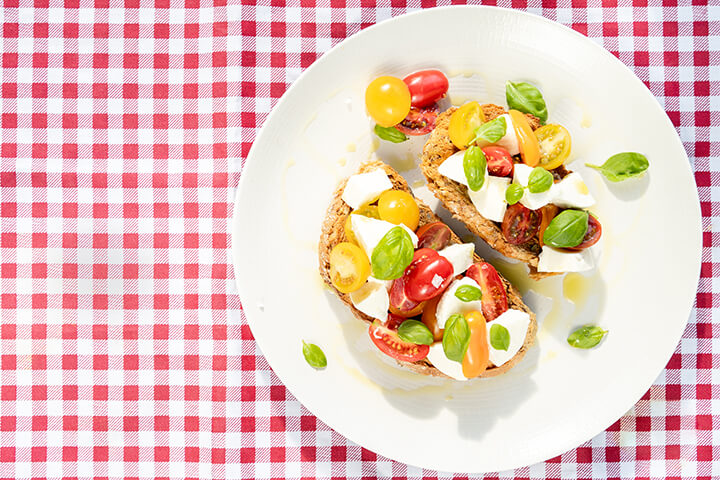
Food is inherently visual. Exploit the natural color palette of ingredients to create a visually appealing composition. Contrast vibrant elements with neutral tones for a striking effect. Similarly, incorporate a variety of textures — smooth purees, crispy vegetables, and fluffy starches — to add visual and textural intrigue.
Negative Space
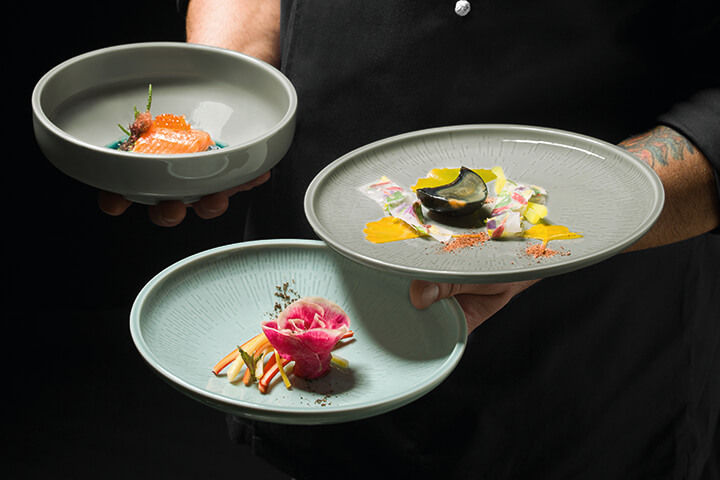
Whitespace isn’t wasted space. Without a doubt, leaving breathing room around the food elements prevents a cluttered presentation. With this intention, each ingredient is allowed to shine.
Tools of the Trade
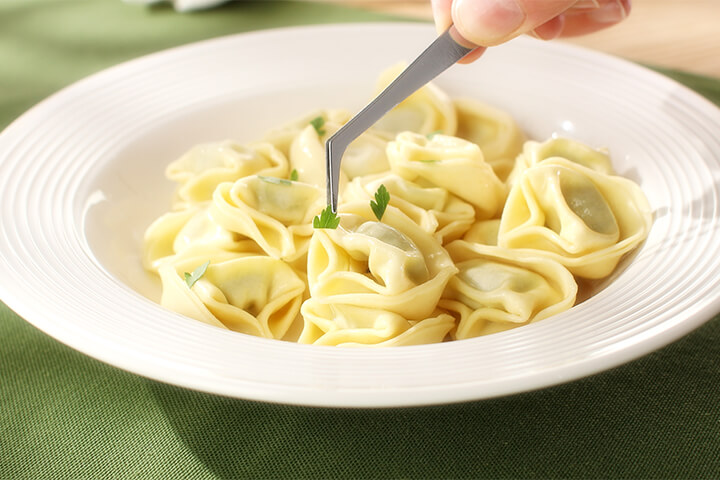
Beyond culinary skill, mastering plating requires a specific toolkit. Essential items include:
- Plating Tweezers: For precise placement of delicate garnishes and food elements.
- Squeeze Bottles: For controlled application of sauces and reductions in dots, lines, or intricate patterns.
- Spoons and Spatulas: For arranging elements and creating smears or dollops of sauces and purees.
- Molds and Cutters: Used to shape ingredients for a visually uniform and aesthetically pleasing presentation.
Plating Techniques for Different Dining Styles
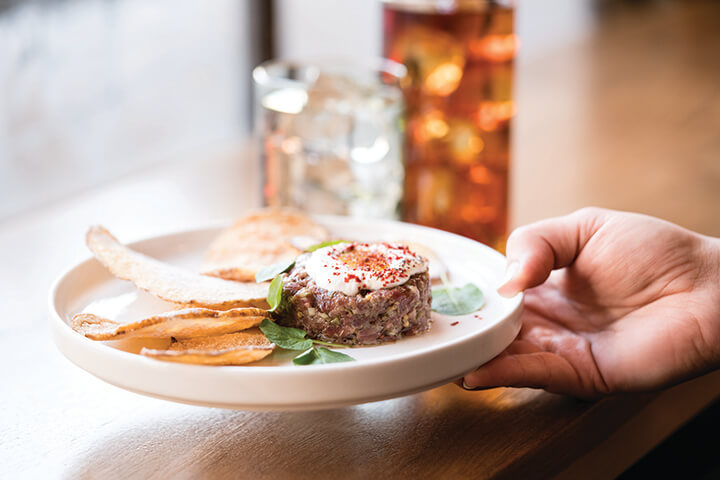
While the core principles remain constant, the specific plating techniques employed can vary depending on the dining experience you want to create:
Casual Dining
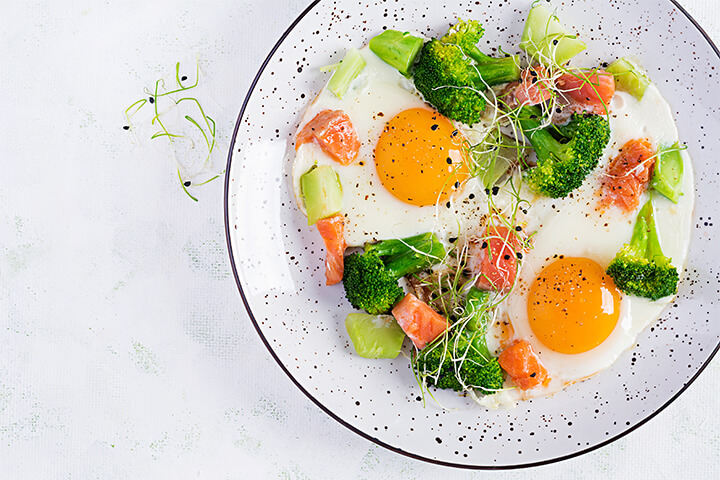
Efficiency and visual appeal are key here. Utilize plating methods that are quick to execute and visually engaging. Consider employing clock-style plating, where the main protein sits at the center of the plate (12 o’clock) with accompaniments arranged around it (e.g., rice at 3 o’clock, vegetables at 9 o’clock). Chefs like Guy Fieri, for example, are known for their bold, impactful presentations that translate well to casual dining settings.
However, once a chef masters simple plating techniques, there is room for creativity. Challenge yourself to present everyday dishes in a more thoughtful way.
Mid-Range Dining
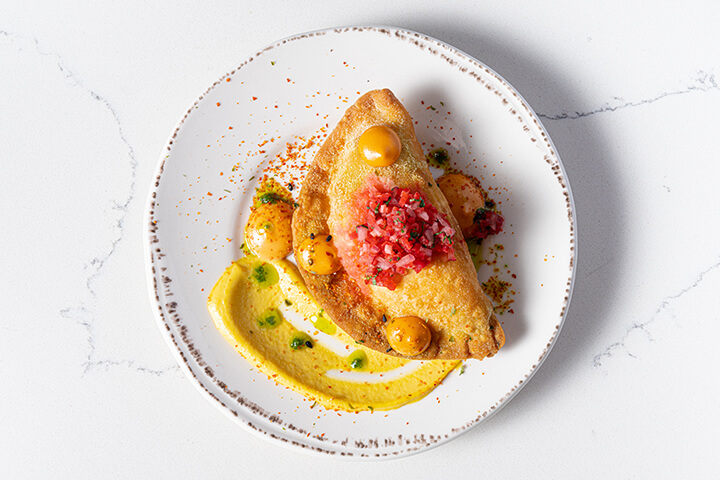
This category allows for more creative exploration while maintaining practicality. Techniques like landscape plating, where elements are arranged across the plate to create a “scene,” can be effectively employed. Consider using smears or dots of sauce to add pops of color and texture. To illustrate, David Chang’s Momofuku empire exemplifies how modern plating techniques elevate familiar dishes in a mid-range setting.
Fine Dining
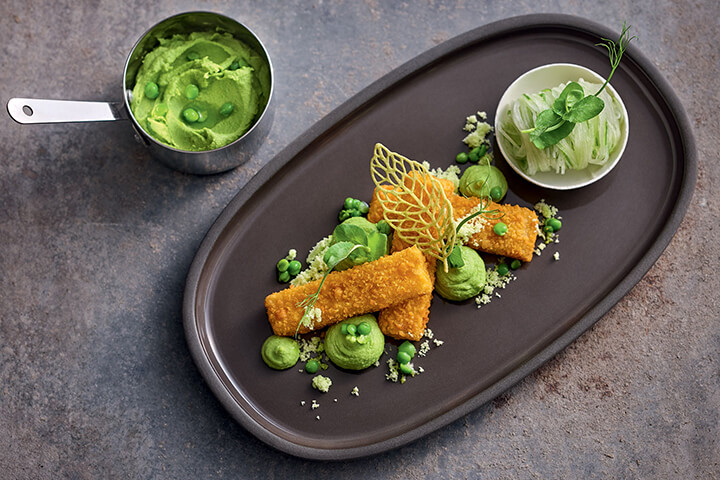
Haute cuisine offers the most artistic freedom. By and large, plating becomes an extension of the dish itself, conveying the chef’s creativity and technical prowess. Techniques like molecular gastronomy, with its foams, spheres, and gels, can be used to create visually stunning and texturally unique presentations. For example, chefs like Grant Achatz of Alinea push the boundaries of plating, transforming food into edible works of art.
While executive chefs in fine dining establishments already have a keen grasp on plating and presentation, chefs working towards that level could start implementing some of these techniques at their current job.
Beyond Plating Aesthetics: Functionality Matters
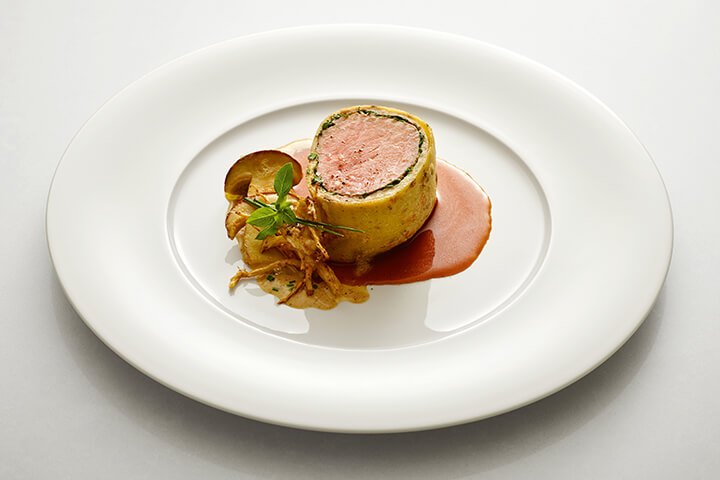
While visual appeal is crucial, the plating must also be functional:
- Remember to position food in a way that allows for easy consumption.
- Additionally, don’t obscure your main elements under a mountain of sauce.
- Finally, place hot elements on a plate while minding delicate ingredients that could wilt from the heat.
The Artful Plate
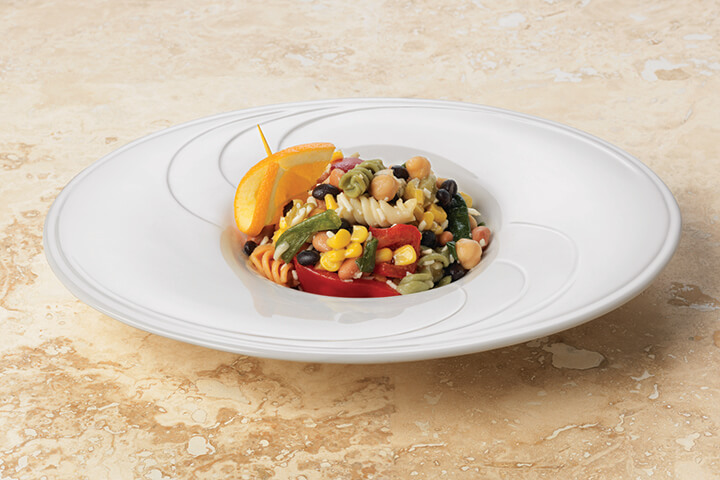
Mastering the art of plating takes dedication and practice. By understanding the fundamental principles, exploring different techniques, and utilizing the right tools, chefs can elevate even the most basic dishes into visually stunning and memorable culinary experiences. Remember, successful plating enhances the diner’s experience and reflects the artistry and care put into every dish.

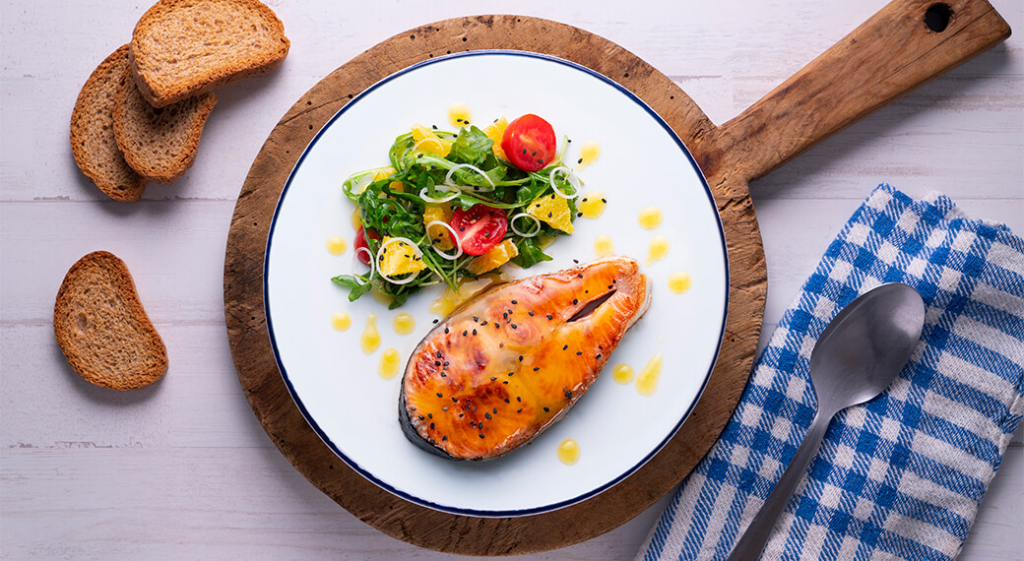


Steak Tartare: Make the Best Raw Beef Dish Like a Pro Chef